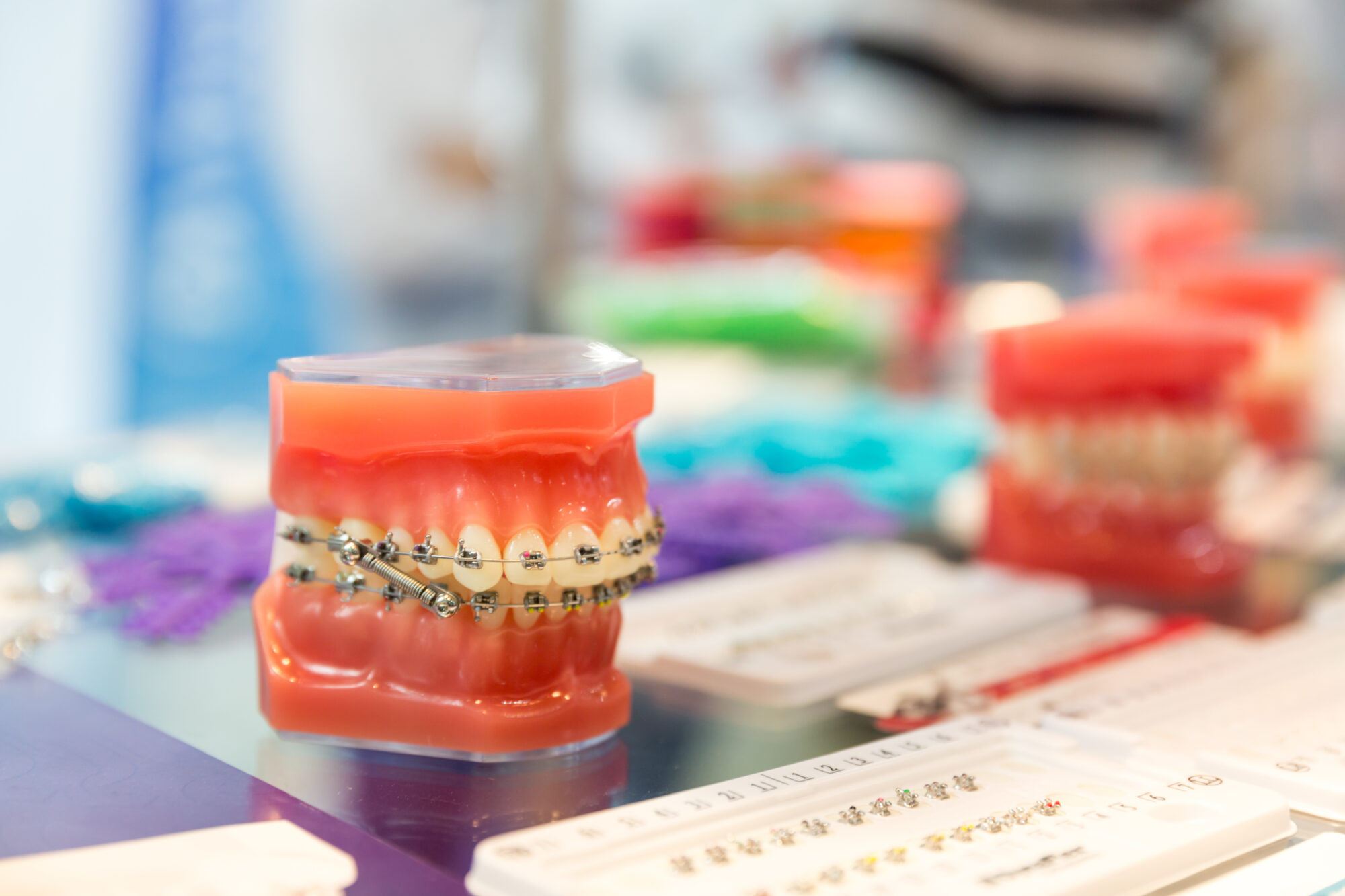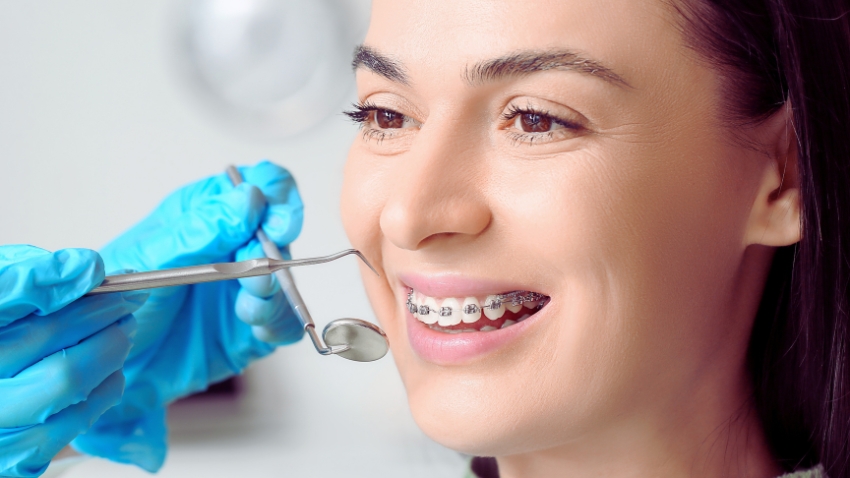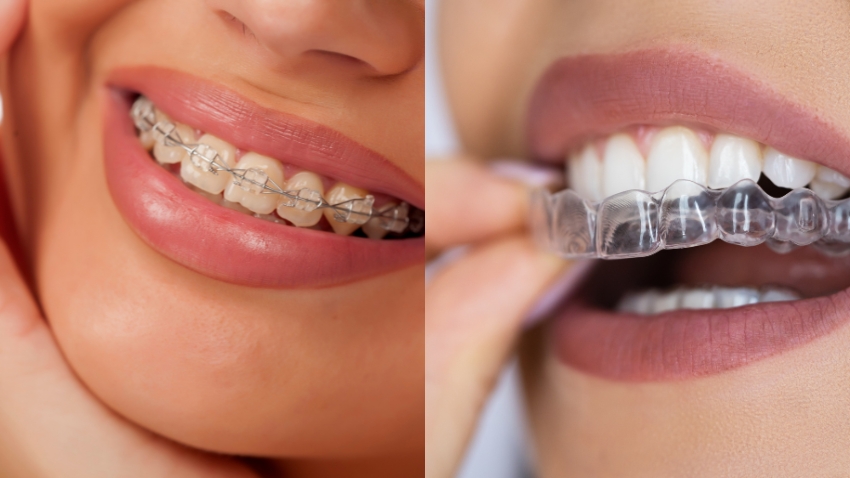Metal braces are a common and effective solution for achieving a straighter smile. However, they require diligent care to ensure they function correctly and comfortably. Maintaining your metal braces is crucial for orthodontic treatment and oral health. Poor care can lead to unnecessary discomfort, longer treatment times, and even potential damage to your braces.
This blog will share 10 essential tips for taking care of your metal braces. These tips will help you navigate the challenges of wearing braces and keep your smile healthy throughout the treatment process.
Understanding Metal Braces: How They Work
Metal braces have several key components that work together to move your teeth into the correct position. The primary parts include brackets, wires, and elastic bands.
- Brackets: These small square attachments are bonded to the front of each tooth. They hold the wire in place and help move the teeth.
- Wires: The wire runs through the brackets and applies consistent pressure to align your teeth. The wire gradually tightens over time as your teeth shift.
- Elastic Bands: These bands adjust the position of your teeth or jaw. Depending on your specific needs, your orthodontist may provide rubber bands worn in specific configurations.
Together, these components exert gentle pressure on your teeth, gradually shifting them into alignment. Depending on the severity of the misalignment, this process can take several months to a few years.
10 Major Tips to Take Care of Your Metal Braces
1. Brush Your Teeth After Every Meal
- Why It’s Important: Brushing after meals prevents food from getting stuck in your braces and reduces plaque buildup. This helps avoid cavities and gum disease.
- Tip Details: Use a soft-bristled toothbrush or an electric toothbrush to clean your teeth. Pay special attention to brushing around the brackets and wires. Make sure to clean every surface of your teeth, including between the brackets and gums.
- Pro Tip: Use a fluoride toothpaste for extra protection against tooth decay.
2. Floss Daily
- Why It’s Important: Flossing removes food particles and plaque between your teeth and around your braces. This helps maintain healthy gums and prevent cavities.
- Tip Details: Use orthodontic flossers, floss threaders, or a water flosser to clean between your teeth. These tools can help you clean areas difficult to reach with a regular toothbrush.
- Pro Tip: Floss after each meal to avoid food buildup between your teeth.
3. Use Orthodontic Wax for Comfort
- Why It’s Important: Braces can sometimes irritate the inside of your mouth, causing sores or discomfort. Orthodontic wax provides relief from this irritation.
- Tip Details: Break off a small piece of wax, roll it into a ball, and place it over any parts of your braces that cause irritation. This helps create a smooth surface against your cheeks and gums.
- Pro Tip: Always carry orthodontic wax with you for quick relief if discomfort arises.
4. Avoid Sticky or Hard Foods
- Why It’s Important: Sticky foods, like caramel and gum, can get stuck in your braces, while hard foods, like nuts and hard candies, can break or damage them.
- Tip Details: Avoid popcorn, caramel, gum, and hard candies. These can damage your braces or become difficult to remove from the brackets and wires.
- Pro Tip: Cut up hard foods, like apples or carrots, into smaller pieces to reduce the pressure on your braces.
5. Wear Your Rubber Bands as Directed
- Why It’s Important: Rubber bands help align teeth and jaws. Not wearing them as directed can delay treatment.
- Tip Details: Your orthodontist may provide rubber bands that must be worn at specific times or in certain configurations. Follow their instructions carefully for the best results.
- Pro Tip: Keep spare rubber bands with you if one breaks or falls out.
6. Regularly Check Your Braces for Damage
- Why It’s Important: Broken or loose brackets and wires can interfere with your treatment and cause discomfort.
- Tip Details: Periodically check your braces to ensure that everything is intact. If a bracket becomes loose or a wire pokes out, contact your orthodontist immediately for repair.
- Pro Tip: Carry an emergency kit with wax and small tools to make minor adjustments.
7. Rinse With Mouthwash
- Why It’s Important: Mouthwash helps reduce bacteria in your mouth and helps prevent plaque buildup around your braces.
- Tip Details: Use an alcohol-free mouthwash with fluoride to keep your mouth fresh and clean. Mouthwash should not replace brushing and flossing but can be a helpful supplement.
- Pro Tip: Rinse after meals to ensure any leftover food is washed away from your braces.
8. Visit Your Orthodontist Regularly
- Why It’s Important: Regular visits to your orthodontist are essential to monitor your progress and make necessary adjustments to your braces.
- Tip Details: Your orthodontist will assess your treatment, tighten the wire, and replace rubber bands as needed. Regular appointments ensure that your treatment stays on track.
- Pro Tip: If you miss an appointment, reschedule as soon as possible to avoid delaying your treatment.
9. Protect Your Braces During Sports
- Why It’s Important: Sports can damage your braces or injure your mouth. Wearing a mouthguard helps protect both.
- Tip Details: Always wear a mouthguard when playing contact sports or any activity where your mouth might be at risk. Your orthodontist can provide a custom-fit mouthguard for extra comfort and protection.
- Pro Tip: Check with your orthodontist about getting a custom-fit mouthguard to ensure better comfort and protection for your braces.
10. Maintain a Healthy Diet
- Why It’s Important: A healthy diet supports your teeth and gums, ensuring your braces work effectively and efficiently.
- Tip Details: Eat a balanced diet rich in vitamins and minerals. Avoid sugary foods and drinks, as they can contribute to tooth decay. Drink plenty of water throughout the day to help wash away food particles.
- Pro Tip: Keep healthy snacks like fruits and vegetables on hand for easy, braces-friendly options.
What to Expect During Your Braces Journey?
The journey with metal braces typically begins with a consultation with your orthodontist, who will assess your needs and plan your treatment. After placing the braces, you will return for regular check-ups every 4-6 weeks. During these visits, your orthodontist will adjust the wires and make necessary changes to your braces. Over time, your teeth will gradually shift into their proper positions.
The length of treatment depends on how severe the misalignment is. Most people wear metal braces for about 18-24 months, but it can be shorter or longer depending on your case. After removing your braces, you’ll need to wear a retainer to ensure that your teeth stay in their new position.
Taking care of your metal braces is essential for achieving the best possible results. Following the 10 essential tips for maintaining your braces, you can avoid discomfort, reduce the risk of damage, and ensure that your treatment stays on track.
Remember to brush and floss regularly, avoid certain foods, and visit your orthodontist as scheduled. With diligence and care, you’ll soon be on your way to a beautiful, healthy smile.




